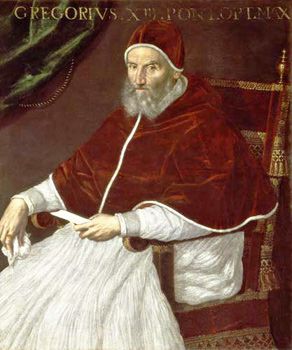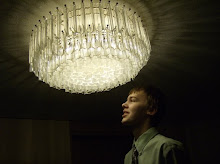Monday, May 4, 2009
Black Holes
Black holes are where gravities pull is so great, nothing can escape, not even light. Black holes are created when stars die. black holes can be be the size of our universe, or as wide as our solar system. Black holes blow jets of gas out of themselves. Not all stars become black holes. Black holes were theorized in the 1790s. There are three types of black holes. Theyare Steller, Supernova, and Miniture, depending on there size.
Friday, May 1, 2009
My Passion
My passion is the unknown. I like to know about the unnatural: aliens, cryptids, ghosts. I strive to learn all i can about these different things. Skeptics say these anomolies can not exist. I say that all the stories these things are beased on must be based on truth. How could all these different things be just made up? Some things, like aliens, would almost have to be a scientific probability. If space is infinite, then there has to be at least one other planet that can sustain life. In my lifetime, i would like at least one of these alleged myths to be found to be real.
Monday, April 13, 2009
Sunspots
Sunspots are dark spots on the sun.Sunspots are created by magnetics fields on the sun, which move. Maunder diagrams show where sunspots are on the sun.The Sunspot cycle is cycle that take roughly eleven years, goin from the maximum number of sunspots to the minimum number of sunspots.Sunspots can change the severity of storms in the northern hemisphere.The next solar maximum will be between 2010 and 2012.Sunspots can be observed through telescopes.The best way to view sunspots is to use a telescope with a solar filter.
Monday, April 6, 2009
Ceres, the Dwarf PLanet
-Discovered in 1801
-Smallest dwarf planet
-Largest asteroid in asteroid belt
-950 kilometer diameter
-Ceres is the goddess of harvest
-Smallest dwarf planet
-Largest asteroid in asteroid belt
-950 kilometer diameter
-Ceres is the goddess of harvest
Sunday, April 5, 2009
Good Night Moon
In the book The Scar, there is a new moon. It is correct.
In the book A Crown of Swords, there is a gibbous moon, it is correct.
In the book Nigtmare and Dreamscapes, there is a maning crescent, it is correct
IN the book Just a School project, there is a ful moon. its correct.
In the book Where the wild things go there is a waxing gibbous moon.
In the book A Crown of Swords, there is a gibbous moon, it is correct.
In the book Nigtmare and Dreamscapes, there is a maning crescent, it is correct
IN the book Just a School project, there is a ful moon. its correct.
In the book Where the wild things go there is a waxing gibbous moon.
Wednesday, March 25, 2009
Copernicus
Monday, March 23, 2009
Pope Gregory
Brahe
Isaac Newton
Kepler
Galileo
Hipparchus

Hipparchus lived from 190 B.C. to 120 B.C. He was a heliocentric. Hipparchus improved the accuracy of the lunar calendar. He invented the chord table to find where stars were in the skys. Hipparchus also discovered the precession of the equinoxes. He made a catalogue of over 850 stars, after he discovered a new star in 134 B.C
Aristotle and Astronomy

Aristotle Lived from 384 to 322 B.C. He was a geocentric. Aristotle was one of the first people to say the aerth was spherical. IN his time there were four elememts that were accepted by society: earth, wind, fire, and water. Aristotle believed there was another element; one that made up celestial bodies, and he called it aether. We now know that there are many more then five elements, and the elements accepted then are not even elements, but PLatos ideas were used in his time, and were used for a long time after his death.
http://www.perseus.tufts.edu/GreekScience/Students/Tom/AristotleAstro.html
Subscribe to:
Posts (Atom)





